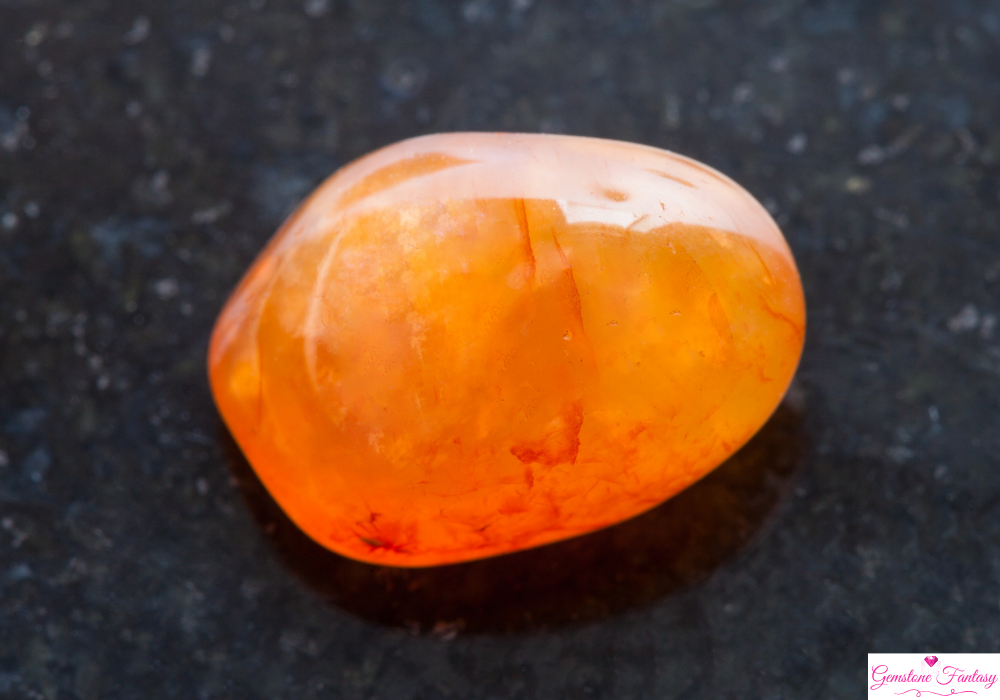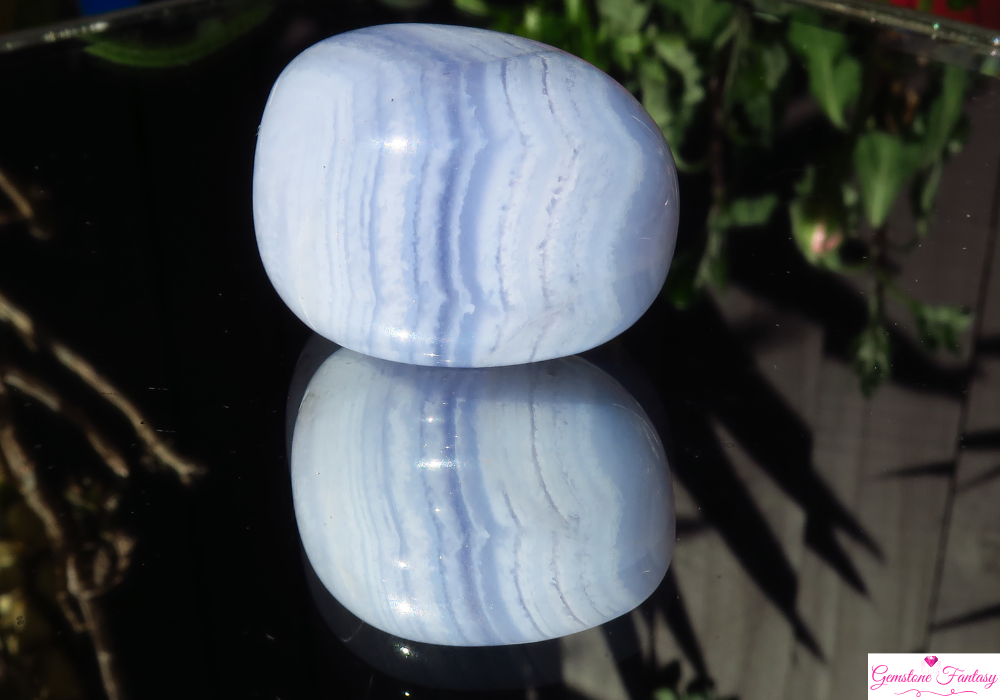The chalcedony group is a remarkable family of gemstones that are cherished for their beautiful colors, unique patterns, and versatility in jewelry making. Chalcedony itself is a microcrystalline form of quartz, characterized by its fine fibrous texture and cryptocrystalline structure. The chalcedony group encompasses various varieties, each with its distinct properties and aesthetic appeal. This article explores the chalcedony group in detail, discussing its composition, notable varieties, uses, and significance in both jewelry and industry.
What is Chalcedony?
Chalcedony is a form of silica, primarily composed of silicon dioxide (SiO₂). It is characterized by its fine-grained structure, which consists of intergrowths of quartz and moganite, another silica mineral. Chalcedony typically exhibits a translucent to opaque appearance, with a smooth, waxy luster.
The formation of chalcedony occurs in a variety of geological environments, including volcanic rocks, sedimentary deposits, and hydrothermal veins. It often forms in nodular or botryoidal shapes, giving rise to various interesting patterns and color variations.
Composition of Chalcedony
Chalcedony is primarily composed of:
- Silicon Dioxide (SiO₂): The main component that defines its identity as a silica mineral.
- Moganite: A polymorph of silica that can occur alongside chalcedony. While both minerals have the same chemical composition, they differ in their crystal structure.
The presence of impurities and mineral inclusions can significantly affect the color and appearance of chalcedony, leading to a wide range of visual characteristics.
Notable Varieties of Chalcedony
The chalcedony group consists of several well-known varieties, each with unique colors, patterns, and properties. Some of the most notable varieties include:
- Agate
- Color: Agate displays a wide array of colors, often in bands or layers. The bands can be in contrasting shades, such as white, gray, blue, red, and brown.
- Properties: Known for its unique banding, agate is often used in carvings, beads, and decorative items.
- Uses: Agate is a popular choice for jewelry, particularly in pendants, rings, and earrings. It is also used for home décor items and is believed to provide grounding and stability.
- Carnelian
- Color: Carnelian is known for its warm, reddish-orange hues, which can vary from light to dark shades.
- Properties: This variety is semi-translucent and often features a smooth, waxy finish.
- Uses: Carnelian is frequently used in jewelry, such as beads and cabochons. Historically, it was used in signet rings and amulets, believed to enhance courage and creativity.
- Chalcedony
- Color: Pure chalcedony is usually translucent to opaque and can be found in various colors, including blue, white, gray, and brown.
- Properties: Chalcedony has a smooth, waxy luster and a fine texture, making it suitable for cabochons and beads.
- Uses: Chalcedony is often used in beaded jewelry, carvings, and decorative objects. It is associated with calmness and communication.
- Onyx
- Color: Onyx is characterized by its striking black color, often with white bands or layers.
- Properties: This variety is opaque and has a polished finish, making it visually appealing.
- Uses: Onyx is commonly used in jewelry and as a decorative stone for items like coasters and boxes. It is believed to provide protection and promote emotional strength.
- Jasper
- Color: Jasper is an opaque variety of chalcedony that comes in various colors and patterns, including red, yellow, green, and brown.
- Properties: Jasper is known for its mottled appearance and is often used for carvings and beads.
- Uses: Jasper is frequently used in jewelry and decorative items. It is associated with stability, balance, and a sense of well-being.
- Sardonyx
- Color: Sardonyx features alternating bands of reddish-brown and white, making it visually striking.
- Properties: This variety is a blend of sard (a reddish-brown chalcedony) and onyx, offering unique visual appeal.
- Uses: Sardonyx is often used in cameos, carvings, and jewelry. It is believed to promote confidence and enhance communication.
- Plasma
- Color: Plasma, also known as “green chalcedony,” is characterized by its vibrant green color, often with darker inclusions.
- Properties: This variety has a translucent quality and is known for its unique appearance.
- Uses: Plasma is used in various types of jewelry and is associated with healing and rejuvenation.
Formation and Sources of Chalcedony
Chalcedony can form in a variety of geological environments, including:
- Volcanic Rocks: It often occurs in volcanic cavities or as a result of hydrothermal activity.
- Sedimentary Deposits: Chalcedony can form in sedimentary rocks as a result of chemical processes.
- Alluvial Deposits: It may also be found in riverbeds and streams, where it has been weathered and transported.
Some notable sources of chalcedony include:
- Brazil: Known for its beautiful agate and other chalcedony varieties.
- India: A significant source of carnelian and agate.
- Uruguay: Renowned for its high-quality agate and quartz geodes.
- USA: Regions like the southwestern states produce various chalcedony types, including petrified wood and onyx.
Uses of Chalcedony in Jewelry
Chalcedony is highly regarded in the world of jewelry for several reasons:
- Aesthetic Appeal: The diverse colors and patterns of chalcedony make it a favorite for various jewelry types, including rings, necklaces, bracelets, and earrings.
- Durability: Chalcedony has a hardness of 6.5 to 7 on the Mohs scale, making it suitable for everyday wear and jewelry pieces that may experience regular use.
- Affordability: Compared to other gemstones, chalcedony is often more affordable while still offering significant beauty and uniqueness.
Chalcedony can be cut into various shapes, including cabochons, beads, and carved pieces, allowing for creativity in jewelry design.
Metaphysical Properties of Chalcedony
Chalcedony has been attributed with various metaphysical properties throughout history. Here are some key beliefs associated with chalcedony:
- Emotional Balance: Chalcedony is believed to promote emotional stability and balance, helping to alleviate feelings of anxiety and stress.
- Communication: This gemstone is often associated with improved communication skills and self-expression, making it a popular choice for individuals looking to enhance their interpersonal interactions.
- Protection: Chalcedony is thought to provide protection against negative energies and promote a sense of safety and security for the wearer.
- Healing: Many believe that chalcedony has healing properties, aiding in physical ailments and enhancing overall well-being.
Industrial Uses of Chalcedony
Beyond its decorative applications, chalcedony is also utilized in various industrial applications. Due to its hardness and durability, chalcedony can be used in abrasives for cutting and polishing materials. Additionally, its unique aesthetic qualities make it a popular choice for decorative objects, tiles, and other architectural features.
Conclusion
The chalcedony group is a captivating family of gemstones, offering a wide range of colors, patterns, and applications. From the striking banding of agate to the warm hues of carnelian, chalcedony varieties have been cherished for their beauty and significance for centuries. Their durability, affordability, and unique aesthetic appeal make them a popular choice for all types of jewelry, while their industrial uses demonstrate their versatility beyond adornment.
Whether you are drawn to chalcedony for its aesthetic qualities, emotional significance, or practical applications, this remarkable group of gemstones continues to be celebrated by jewelers, collectors, and enthusiasts worldwide. With a rich history and a variety of types, chalcedony is a timeless addition to any jewelry collection, embodying beauty and meaning in every piece.

















